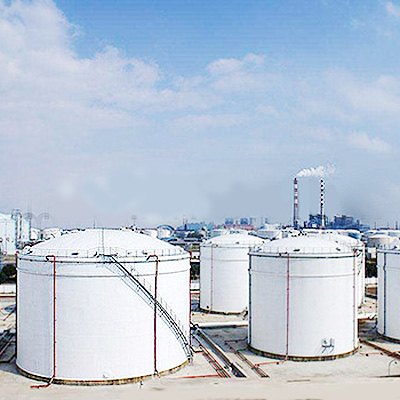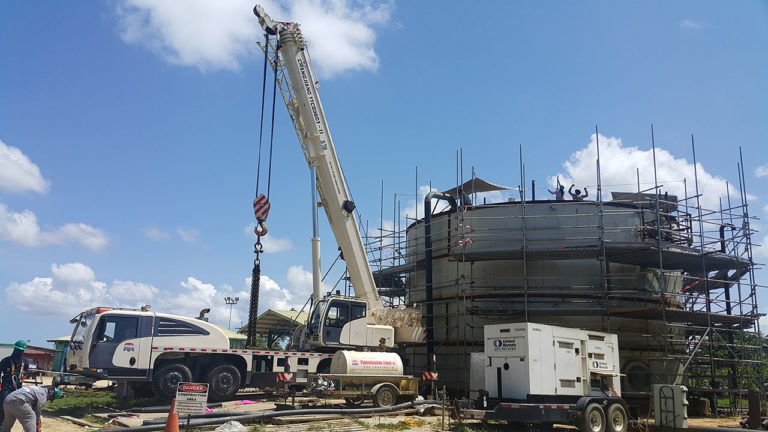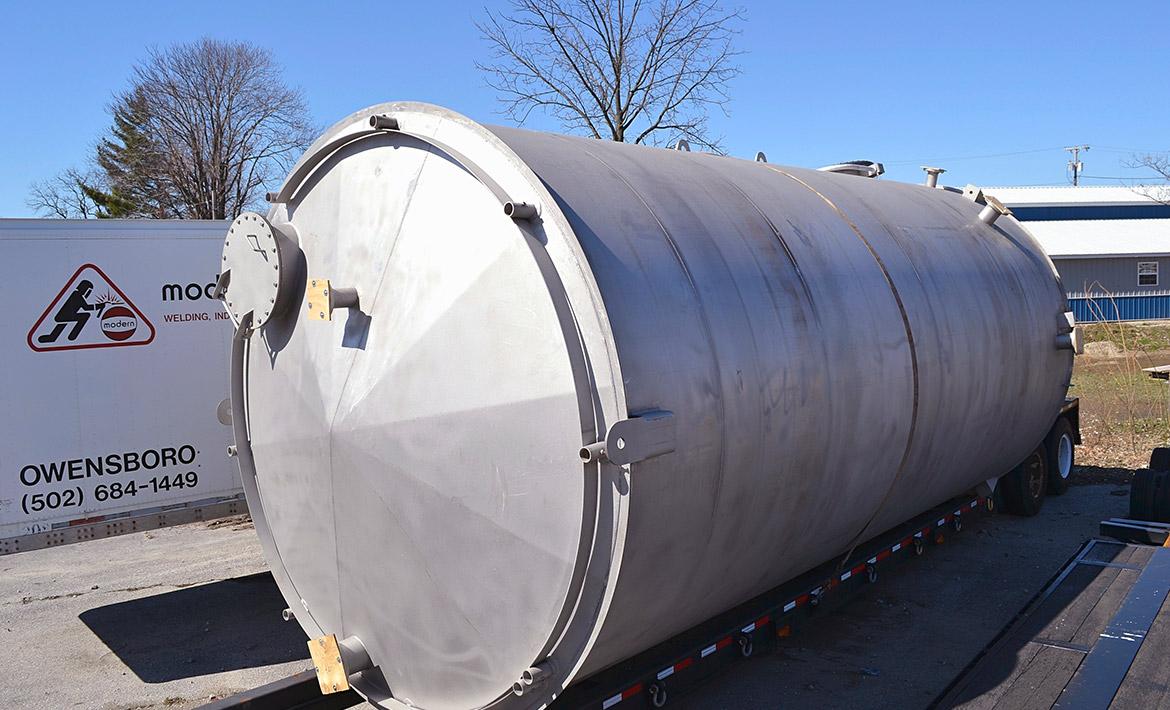A Step-by-Step Consider the Installation Process of Welding Inspection Techniques
Welding inspection is a vital procedure that guarantees architectural honesty and security. The installment of assessment strategies includes numerous systematic actions, each integral to attaining trusted results. From planning and tool option to performing non-destructive and visual tests, each phase demands cautious interest. Understanding these treatments can greatly improve quality control in welding jobs. What challenges develop in implementing these techniques, and just how can they be effectively addressed?
Recognizing the Relevance of Welding Examination
Welding inspection is a crucial element of making sure structural integrity and safety and security in building and production procedures. This method includes examining welded joints for flaws, making certain that they satisfy certain standards and laws. By systematically evaluating weld top quality, examiners can identify problems such as splits, spaces, and incomplete fusion, which can compromise the stamina and resilience of structures.
The value of welding examination expands past prompt safety and security problems; it assists stop pricey failings and prospective risks in the long-term. Effective inspection methods foster conformity with industry requirements, therefore enhancing the general integrity of bonded elements. On top of that, a durable assessment process adds to preserving the credibility of manufacturers and home builders, as it guarantees clients of the quality of their projects. Ultimately, recognizing the importance of welding inspection is essential for advertising secure building practices and ensuring the longevity of important framework and products.
Choosing the Right Devices for Examination
When choosing the ideal devices for examination, it is vital to consider the certain demands of the welding process and the materials entailed. Different evaluation techniques, such as aesthetic, ultrasonic, and radiographic testing, demand distinctive tools tailored to their one-of-a-kind demands. For aesthetic assessments, tools like magnifying glasses and calipers are vital for evaluating weld high quality. Ultrasonic screening calls for customized devices efficient in sending and receiving acoustic waves to detect interior defects. Radiographic testing, on the various other hand, uses X-ray or gamma-ray sources together with sensitive film or electronic detectors to reveal variances.
Furthermore, individual safety equipment (PPE) is necessary to assure the safety and security of examiners during analyses. Picking the right tools not just boosts the precision of inspections yet also adds to the overall stability and safety and security of the welding project. A comprehensive understanding of available tools and their applications is imperative for effective welding evaluation.
Getting ready for the Examination Process
Prior to launching the assessment process, it is vital to develop a thorough strategy that details the range and objectives of the examination. This plan needs to include certain requirements that define what makes up acceptable quality in the welding job being checked. Determining the relevant codes and standards is important, as they will guide the inspection standards and methods.
In addition, workers entailed in the examination needs to be adequately educated and certified in welding inspection strategies to assure reliability and accuracy. A checklist can be valuable in arranging the various facets of the inspection, varying from tools readiness to environmental problems that can impact the analysis.

Logistical factors to consider such as scheduling, available resources, and interaction between group members need to be dealt with. By preparing systematically, examiners can enhance the efficiency of the examination and make sure that all essential variables are duly taken into consideration prior to waging the examination itself.
Performing Aesthetic Assessments

Performing aesthetic examinations is an important action in the welding examination procedure, requiring cautious preparation to assure efficient assessment. Assessors need to be familiar with crucial defect indicators that can signal possible issues in weld top quality. By concentrating on these facets, one can improve the overall integrity of the inspection end results.
Getting Ready For Visual Evaluation
Aesthetic evaluation offers as an essential very first action in the welding evaluation procedure, guaranteeing that any type of potential problems are recognized early (API 650 Welding Inspection). Appropriate prep work is important for reliable visual evaluation. Assessors ought to start by assessing relevant paperwork, consisting of welding procedures and requirements, to recognize the job needs. They have to gather required devices, such as magnifying glasses, flashlights, and proper personal protective devices (PPE) A detailed exam of the assessment location is critical; assessors must confirm it is free her explanation and tidy of blockages. Furthermore, it is essential to establish perfect lighting conditions to boost visibility of welds. By taking these preparatory actions, inspectors can create a setting for identifying discrepancies and assuring the integrity of the welded structures
Key Problem Indicators
A comprehensive understanding of crucial flaw signs is crucial throughout aesthetic examinations to assure the top quality and safety and security of bonded joints. Examiners ought to concentrate on particular indicators such as cracks, porosity, damages, and insufficient blend. Splits might look like sharp lines and can compromise structural integrity. Porosity shows up as tiny openings that can damage weld strength. Undercuts, which are grooves along the weld side, can bring about stress and anxiety focus. Insufficient combination indicates that the weld steel did not effectively bond with the base product, leading to a weak joint. By systematically recognizing these flaws, examiners can determine conformity with market standards and boost the general reliability of welded frameworks, eventually adding to safer functional conditions.
Executing Non-Destructive Testing Strategies

Countless non-destructive screening (NDT) techniques are essential to assuring the stability of welded structures without jeopardizing their performance. These approaches permit assessors to assess weld high quality and identify flaws without creating damage to the materials being examined. Common NDT methods consist of ultrasonic screening, radiographic testing, magnetic fragment testing, and dye penetrant screening. Each method offers a certain objective, addressing different kinds of imperfections such as cracks, porosity, or incomplete fusion.
Applying NDT techniques requires a methodical strategy, beginning with selecting the proper technique based on the materials and the nature of the weld. Educating workers in these techniques is vital for exact outcomes. In addition, developing clear procedures and requirements guarantees consistency throughout the assessment process. By integrating NDT right into the welding examination operations, organizations can enhance the integrity of their items while lessening prospective risks linked with architectural failures. This proactive approach inevitably adds to maintaining safety and security and high quality criteria in welded constructions.
Examining and recording Assessment Outcomes
Reliable documentation and evaluation of inspection outcomes are vital components of the welding assessment procedure. Accurate records of examination findings function as a referral for quality control and compliance with sector criteria. API 650 Welding Inspection. Examiners ought to make use of digital systems or structured kinds to log information such as the sort of weld, examination methods utilized, and any disparities recognized throughout the examination
As soon as data is accumulated, complete analysis is vital. This involves comparing outcomes versus established criteria to recognize more trends or persisting issues. Analytical devices might be utilized to measure problems and evaluate their effect on overall weld top quality.
Efficient communication of searchings for to relevant stakeholders is critical. Reports and recaps ought to be concise and clear, highlighting vital insights and referrals for rehabilitative activities. By systematically assessing and recording inspection results, organizations Visit This Link can foster constant renovation in welding practices and improve product stability.
Regularly Asked Questions
What Credentials Are Needed to End Up Being a Welding Assessor?
To become a welding inspector, one typically needs appropriate qualifications such as AWS CWI, along with experience in welding methods, expertise of welding codes, and proficiency in examination techniques to ensure high quality and safety and security standards.
How Commonly Should Welding Inspections Be Performed?
Welding inspections ought to be carried out regularly, generally after each weld is completed, and regularly throughout tasks. Factors such as project complexity, industry standards, and regulative demands can influence the frequency of these assessments.
What Is the Price of Welding Inspection Services?
The cost of welding evaluation services varies considerably based on factors such as project size, complexity, and location. Typically, prices range from $100 to $150 per hour, with added costs for specialized screening and accreditations.
Are There Certifications for Welding Inspectors?
Yes, there are various certifications for welding assessors, consisting of those used by the American Welding Society (AWS) and the International Institute of Welding (IIW) These qualifications assure examiners possess the required abilities and understanding for reliable analyses.

How Do I Pick an Inspection Company?
To choose an examination service copyright, one should assess certifications, experience, sector reputation, and customer evaluations. Furthermore, contrasting solution offerings and rates can aid assure the picked service provider satisfies certain job requires successfully.
In addition, employees entailed in the examination needs to be appropriately educated and licensed in welding examination strategies to assure integrity and precision. Carrying out visual evaluations is a vital step in the welding evaluation process, calling for mindful prep work to ensure effective evaluation. Aesthetic examination offers as an important very first step in the welding examination procedure, ensuring that any possible flaws are determined early. Effective documents and evaluation of evaluation results are crucial elements of the welding evaluation process. Welding assessments ought to be conducted consistently, normally after each weld is completed, and occasionally during tasks.